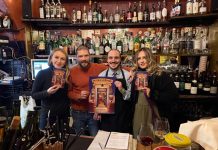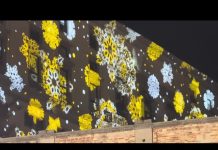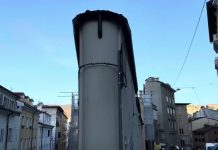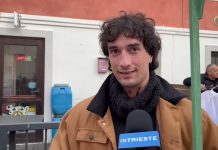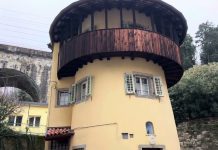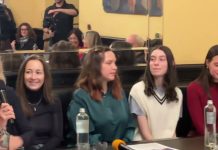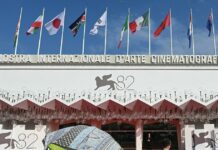by Nina Vaclavikova
Interviews: Giorgio Rossi, Trieste councilor for tourism
The city’s summer festival, Trieste Estate 2025, wrapped up its season with record-breaking numbers, drawing more than 170,000 spectators to 448 events across the city between June 5 and September 14. The results were presented this week at a press conference held in Sala Luttazzi at Magazzino 26, in the revitalized Porto Vecchio – now Porto Vivo – district.
The festival, organized by the Municipality of Trieste’s Department of Culture and Tourism, in collaboration with the Departments of Education, Family, and Territory, and supported by PromoTurismoFVG and the Trieste Convention & Visitors Bureau, has established itself as one of northeastern Italy’s most vibrant cultural fixtures.
A Season of Record Attendance
According to figures presented by the city, Trieste Estate 2025 attracted 142,174 attendees to its core program, with the number climbing to 173,174 when including the Robbie Williams concert, which drew 31,000 fans to the Stadio Nereo Rocco.
The festival’s budget totaled €1.33 million, with €440,000 financed by the city’s tourist tax. “These results are the outcome of a strong institutional effort combined with the enthusiasm of Trieste’s rich network of cultural associations,” said Giorgio Rossi, Councillor for Culture and Tourism. “Our goal has always been to bring quality events to every part of the city — from the historic center to the outskirts and the Karst plateau.”
Rossi emphasized the importance of what he called “a true cultural ecosystem,” in which large institutions and grassroots organizations collaborate. “Trieste confirms itself as a city of culture and music — a place for artistic production and innovation,” he said, adding that the city aims to “grow further in 2026, maintaining quality, diversity, and a strong identity.”
A Broad and Diverse Program
This year’s program featured a wide range of music, theater, dance, film, and cultural events staged in some of the city’s most iconic locations — from Piazza Verdi and the Castello di San Giusto to the Giardino Pubblico and the Molo Audace.
The Fuoricentro project brought 107 free events to neighborhoods beyond the city center, including San Giacomo, Servola, Roiano, Basovizza, and Trebiciano, attracting 7,426 attendees. Meanwhile, 142 additional “Friends” events contributed another 24,000 spectators.
“The theater played a central role,” said Lino Marrazzo, artistic director for the theater program. “Our growing Festival Ragazzi confirmed Trieste as a reference point for youth theater, both nationally and internationally.”
Gabriele Centis, artistic director of the musical section, described the festival as “a meeting place between generations, styles, and sensibilities — where the city recognizes itself in its creative vitality.”
A Boost for Tourism
According to Federalberghi Trieste president Maurizio Giudici, the summer was “particularly strong from a tourism perspective,” with double-digit growth in overnight stays. He credited Trieste Estate as a key factor in attracting visitors.
The most attended venues were Piazza Verdi, which drew 66,000 spectators; the Sartorio Museum, with 15,161; and the Castello di San Giusto, with 13,738.
Strong Communication and Online Reach
The city’s promotional campaign also reached new heights. Between June and September, Trieste Estate’s social media posts generated over 1.7 million views — a 106 percent increase from 2024. The festival’s website logged more than 60,000 page visits, while its landing page on the Discover Trieste portal recorded nearly 88,000 impressions.
Over three months, 29 press releases produced 355 mentions across regional and national media, ensuring widespread coverage of the city’s cultural life.
A Citywide Celebration of Culture
With the participation of over 60 cultural, academic, and artistic organizations — including Teatro Verdi, Politeama Rossetti, La Contrada, the Società dei Concerti, TriesteLovesJazz, and Maremetraggio – Trieste Estate 2025 turned the city into a sprawling open-air stage.
From the museum courtyards to the seaside promenades, the festival offered a vivid snapshot of a city where culture thrives as both a shared identity and an engine of tourism.
As Councillor Rossi put it, “Trieste’s cultural network is its strength. It’s what allows us to tell the story of a city that’s creative, inclusive, and alive.”






